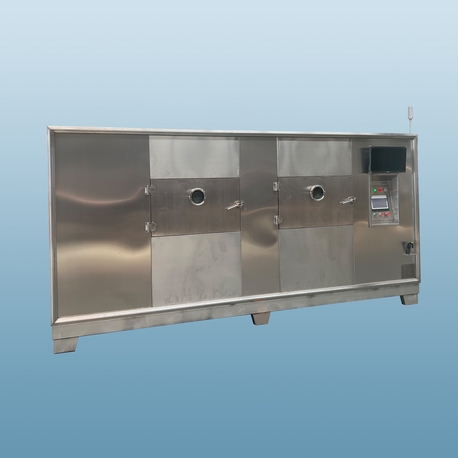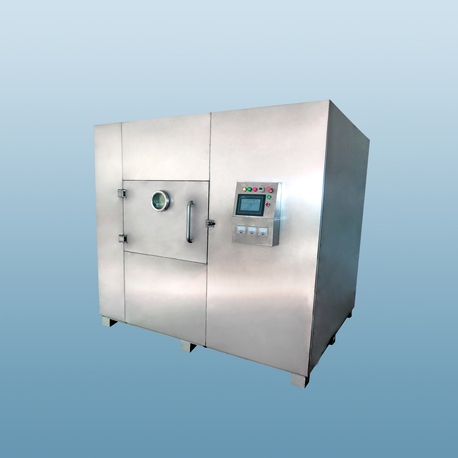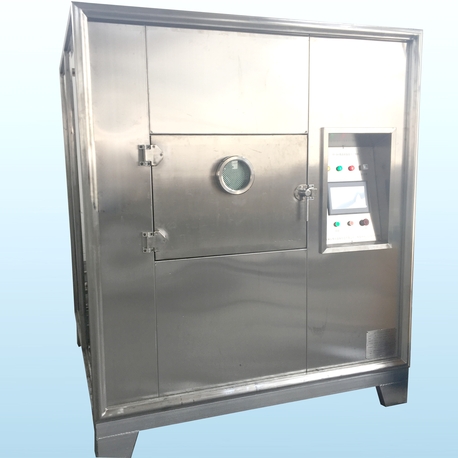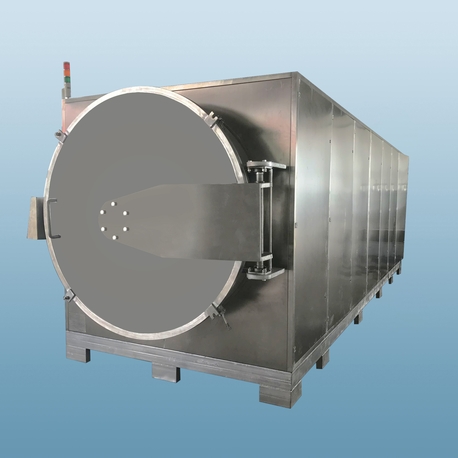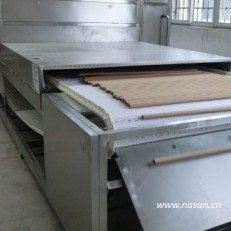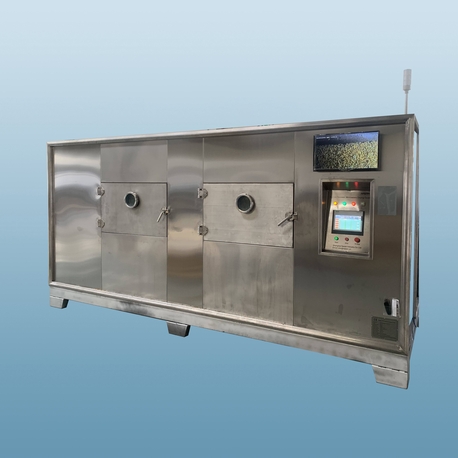When it comes to removing moisture, curing coatings, or heat-treating materials, few pieces of equipment are as fundamental as the drying oven. This versatile workhorse is a critical asset across countless industries and research laboratories. But with a vast array of models available, from a compact drying oven laboratory unit to a massive drying oven industrial system, understanding the specifics is key to selecting the right machine.
This article delves into the essential aspects of drying ovens, exploring the critical drying oven temperature range, the factors influencing drying oven price, and the distinct differences between industrial and laboratory applications. We will also look at the broader category of industrial drying equipment and the role of reputable industrial oven manufacturers.
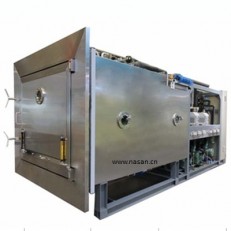
The Core Function: What is a Drying Oven Machine?
At its simplest, a drying oven machine is an enclosed, insulated chamber that provides controlled, uniform heat to its contents. Unlike standard ovens, drying ovens are engineered for precise temperature control and often feature forced air convection systems that circulate hot air to ensure even heat distribution and efficient moisture removal.
The fundamental purpose is to eliminate water or other solvents from a substance without causing chemical degradation or physical damage. This is achieved by maintaining a specific temperature for a set duration, effectively accelerating the natural evaporation process. The applications are incredibly diverse, including:
Drying: Removing moisture from samples, glassware, components, or raw materials.
Curing: Hardening or setting paints, coatings, adhesives, and inks.
Annealing: Relieving internal stresses in materials like glass or metal.
Sterilizing: Using high heat to decontaminate laboratory tools and equipment.
Pre-heating: Bringing materials up to a specific temperature before further processing.
Ageing & Stability Testing: Simulating long-term environmental conditions for product testing.
Understanding Drying Oven Temperature Range
Perhaps the most critical technical specification for any oven is its drying oven temperature range. This is not a one-size-fits-all metric; it varies dramatically based on the oven's design and intended use.
Laboratory Ovens: Typically operate in a lower and more precise range, often from ambient +5°C to 200°C or 250°C. Some high-performance models may reach up to 300°C or 350°C. The focus here is on exceptional temperature uniformity and stability, often within ±1°C or better.
Industrial Ovens: Are built for much higher temperatures and heavier loads. A standard drying oven industrial unit might range from ambient to 500°C. Specialized ovens for processes like curing high-temperature coatings or calcining can exceed 700°C. The range is dictated by the industrial process, such as powder coating (typically 150-200°C) or glass tempering (over 600°C).
Selecting an oven with an appropriate temperature range is paramount. An oven that cannot reach a sufficient temperature will be ineffective, while one that far exceeds requirements may be unnecessarily expensive to purchase and operate.
Drying Oven Laboratory vs. Drying Oven Industrial: Key Differences
While the core principle is the same, the design philosophy behind a lab oven and an industrial oven differs significantly.
Laboratory Drying Ovens:
Focus: Precision, control, and contamination prevention.
Construction: Often made from stainless steel interiors for corrosion resistance and easy cleaning.
Features: Advanced programmable controllers, high accuracy sensors, excellent temperature uniformity, and minimal heat loss.
Scale: Bench-top or floor-standing models designed for smaller, lighter batches of samples or materials.
Industrial Drying Ovens:
Focus: Durability, throughput, and handling harsh environments.
Construction: Built with heavy-gauge steel, robust insulation, and industrial-grade components to withstand continuous operation.
Features: Designed for high volume and large, heavy parts. They may feature roll-in racks, forklift access, and high-velocity airflow for faster cycle times.
Scale: Can be large walk-in or drive-in rooms, or massive conveyorized systems integrated into a production line.
Understanding whether your application requires the finesse of a laboratory instrument or the brute strength of an industrial drying equipment solution is the first step in the selection process.
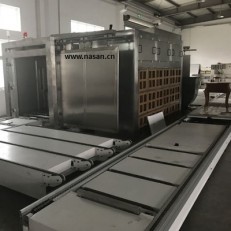
Navigating Drying Oven Price Factors
The drying oven price can vary wildly, from a few thousand dollars for a basic lab model to hundreds of thousands for a custom industrial system. Several key factors influence the cost:
Type and Scale: A simple bench-top lab oven is the most affordable entry point. Prices escalate with size, moving to large floor-standing laboratory models and then to custom drying oven industrial units.
Temperature Range: Ovens capable of reaching higher temperatures require more powerful heating elements, advanced insulation materials, and different interior constructions, all of which increase cost.
Features and Controls: A basic analog thermostat is inexpensive. Digital PID controllers, programmable multi-step profiles, data logging capabilities, and network connectivity add significant value and cost.
Construction Quality: The material of the chamber (e.g., stainless steel vs. coated carbon steel), the quality of the insulation, and the robustness of the components (heaters, fans, sensors) are major price drivers.
Customization: Standard off-the-shelf models are most economical. Any customization—extra ports, specific rack configurations, unique dimensions, or special safety features—will increase the price.
Manufacturer: Established and reputable industrial oven manufacturers often command a premium for their proven reliability, technical support, and warranty.
The Wider World of Industrial Drying Equipment
The drying oven machine is just one category within the expansive field of industrial drying equipment. Other common types include:
Conveyor Ovens: Parts move through the oven on a belt, ideal for high-volume, continuous production.
Batch Ovens: Also known as cabinet ovens, these are loaded and unloaded in batches, perfect for smaller production runs or large, bulky items.
Vacuum Ovens: Use reduced pressure to lower the boiling point of solvents, allowing for drying of heat-sensitive materials at lower temperatures.
Infrared Ovens: Use radiant heat for very fast and efficient curing of coatings on flat surfaces.
The choice between a standard drying oven and another type of industrial drying equipment depends entirely on the material being processed, the required throughput, and the sensitivity of the product to heat.
Choosing Among Industrial Oven Manufacturers
Selecting the right partner is as important as selecting the right equipment. When evaluating industrial oven manufacturers, consider the following:
Experience and Reputation: How long have they been in business? What do their customer testimonials say?
Industry Specialization: Some manufacturers specialize in lab equipment, while others focus on heavy industrial applications like aerospace or automotive.
Customization Capability: Can they design and build a solution tailored to your specific needs?
Service and Support: What does their warranty cover? Do they have a network of technicians for installation, maintenance, and repairs?
Compliance and Standards: Ensure their ovens meet relevant safety and quality standards (e.g., UL, CE, ISO).
Common Problems and Maintenance Tips for Drying Ovens
Even the most robust drying oven machine can encounter issues. Awareness of common problems can aid in troubleshooting and prevention.
Poor Temperature Uniformity: This is a frequent complaint. It can be caused by a failing fan motor, a blocked air intake/exhaust, overloading the chamber, or a faulty temperature sensor. Regular calibration is essential.
Inaccurate Temperature Readings: Often due to a drifted or failed sensor. Sensors should be checked and calibrated annually against a NIST-traceable reference thermometer.
Oven Not Reaching Set Temperature: This usually indicates a failure of one or more heating elements. It can also be caused by a faulty contactor or solid-state relay in the control system.
Excessive Cycle Times: If drying or curing is taking longer than usual, check the airflow. A weak fan or dirty air filter can drastically reduce efficiency.
Corrosion: In environments with volatile solvents or high humidity, internal corrosion can damage the chamber and components. Using a corrosion-resistant oven or a vented to atmosphere model is crucial in these cases.
Proactive Maintenance is Key:
Regular Cleaning: Keep the chamber interior clean of debris and spills.
Inspect and Clean Air Filters: Clogged filters restrict airflow, the lifeblood of a convection oven.
Check Seals: Ensure the door gasket is intact and creating a proper seal to prevent heat loss.
Schedule Annual Calibration: This ensures your process remains repeatable and your data accurate.
Listen and Look: Unusual noises from the fan or visual signs of wear on elements should be addressed immediately.
In conclusion, the humble drying oven is a deceptively complex piece of equipment. Whether you are a researcher requiring pinpoint accuracy or a production manager needing rugged reliability, understanding the nuances of temperature range, price, and the distinction between laboratory and industrial models is vital. By carefully assessing your needs and partnering with quality industrial oven manufacturers, you can invest in a drying oven machine that becomes a dependable and productive part of your operation for years to come.


